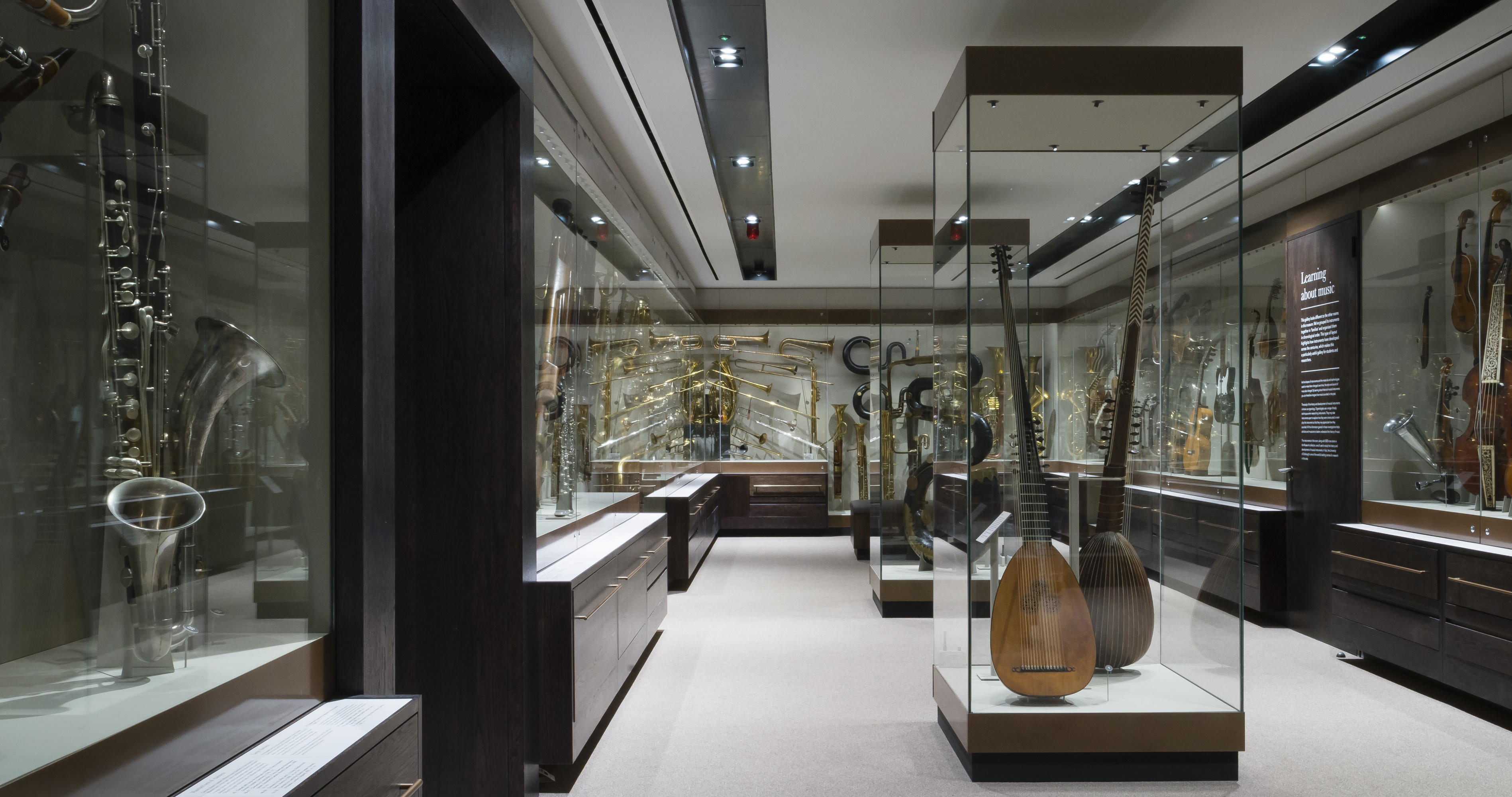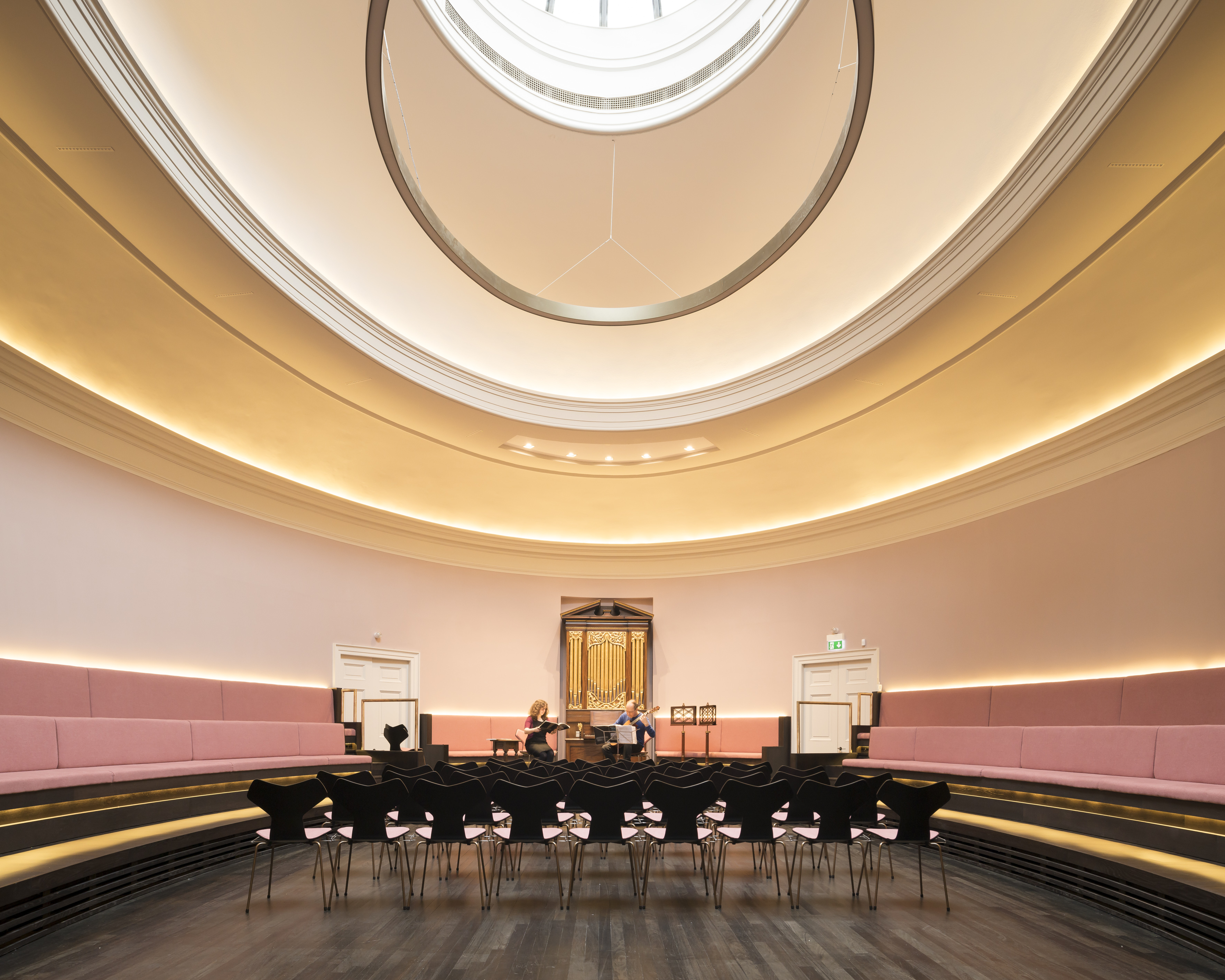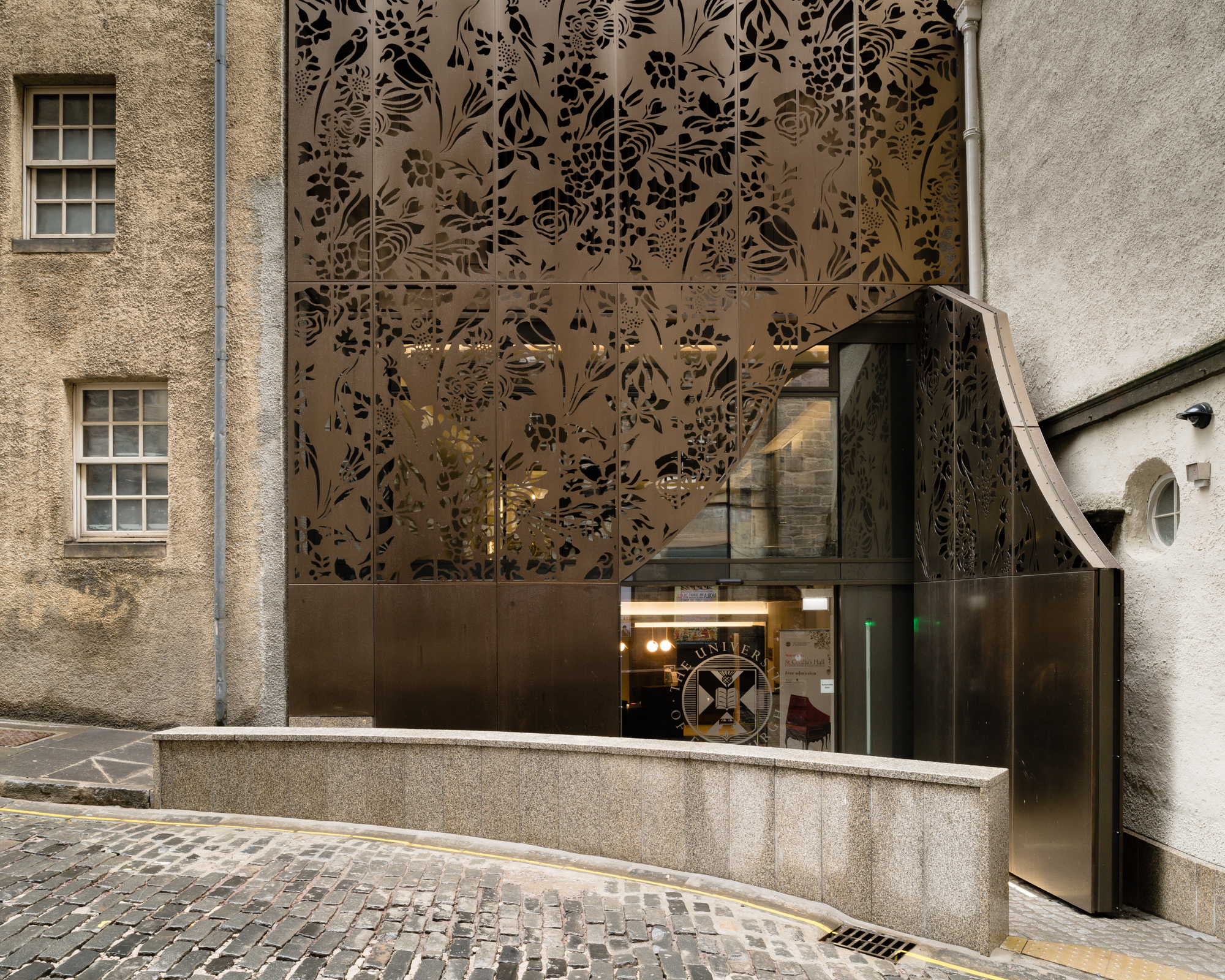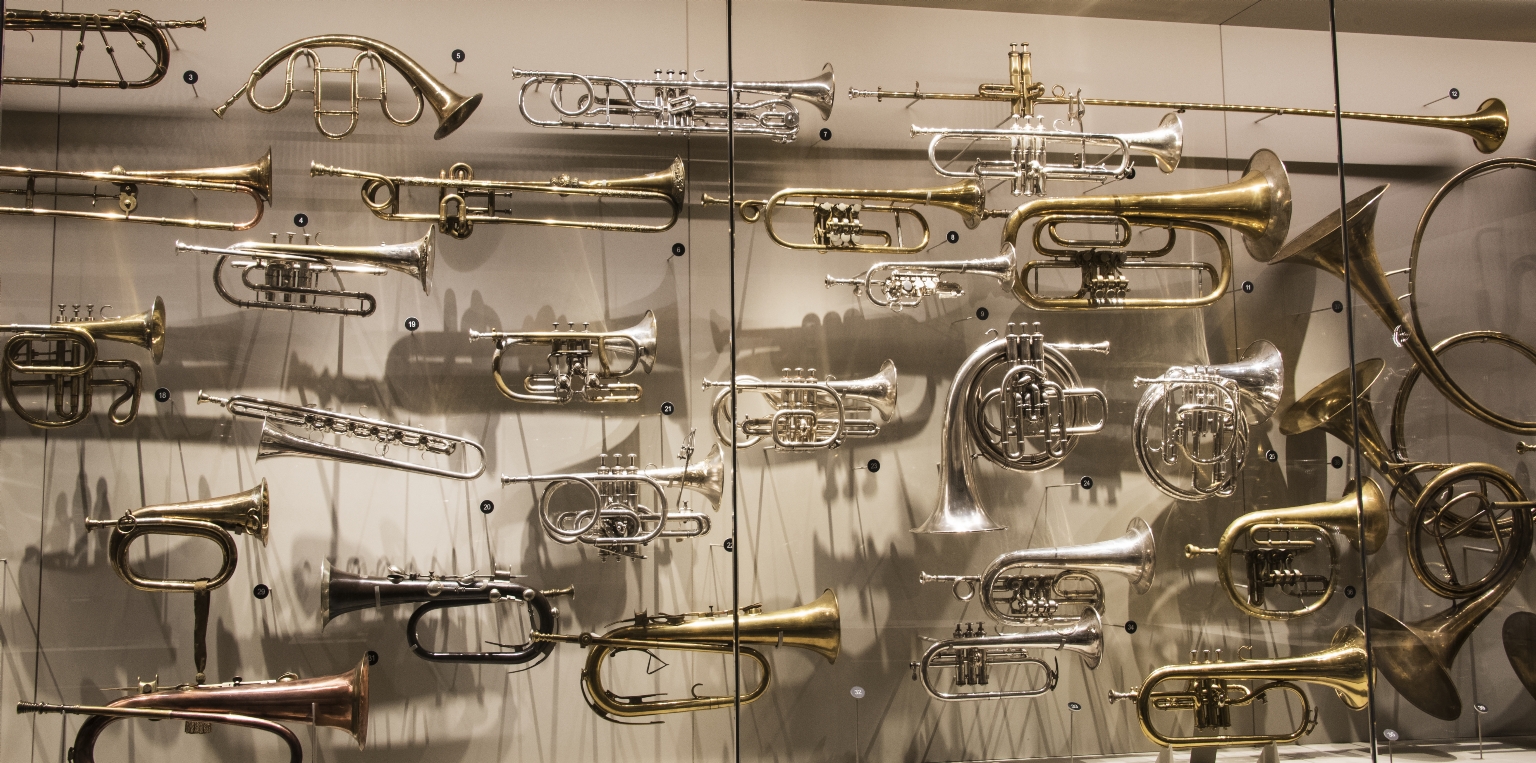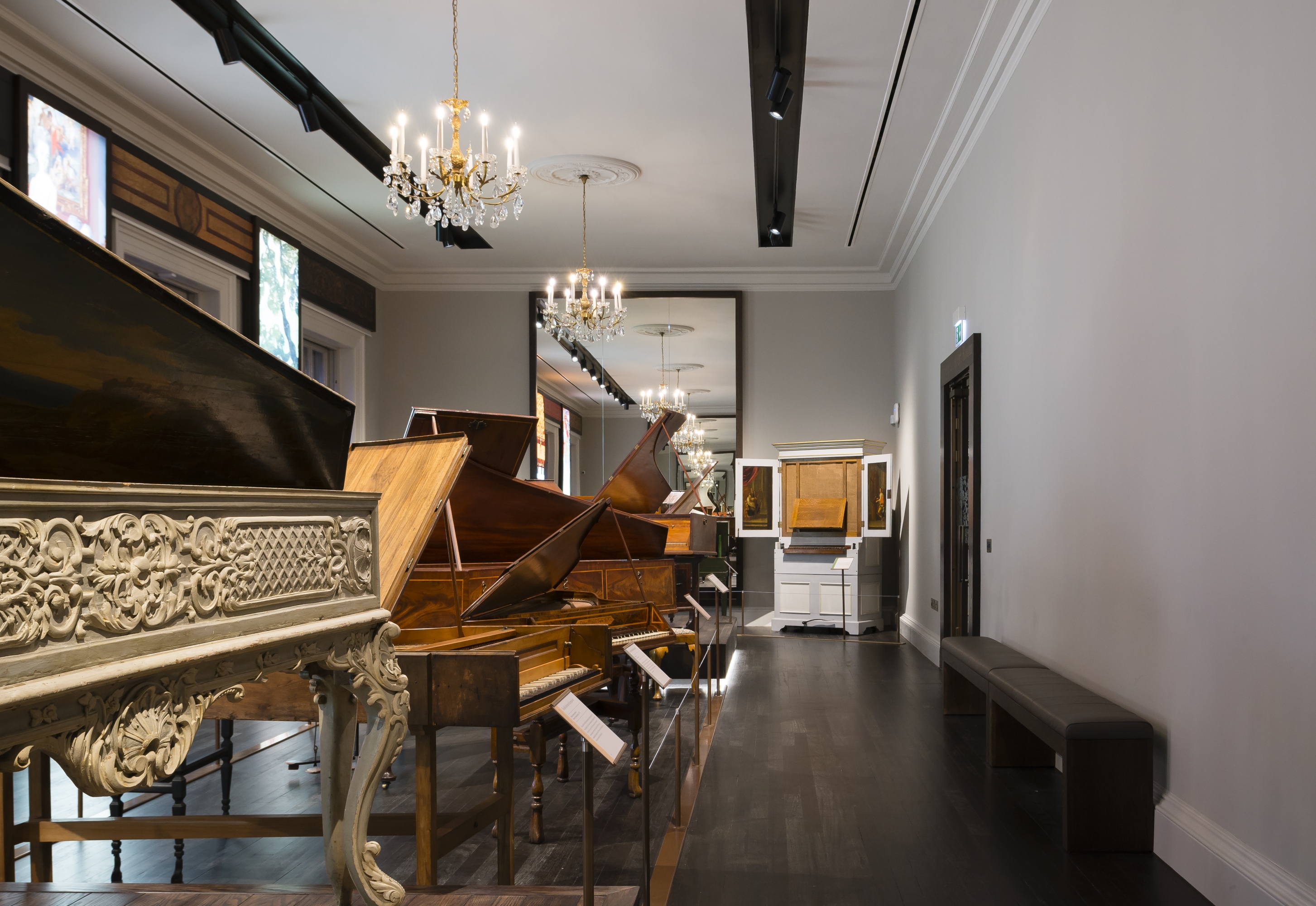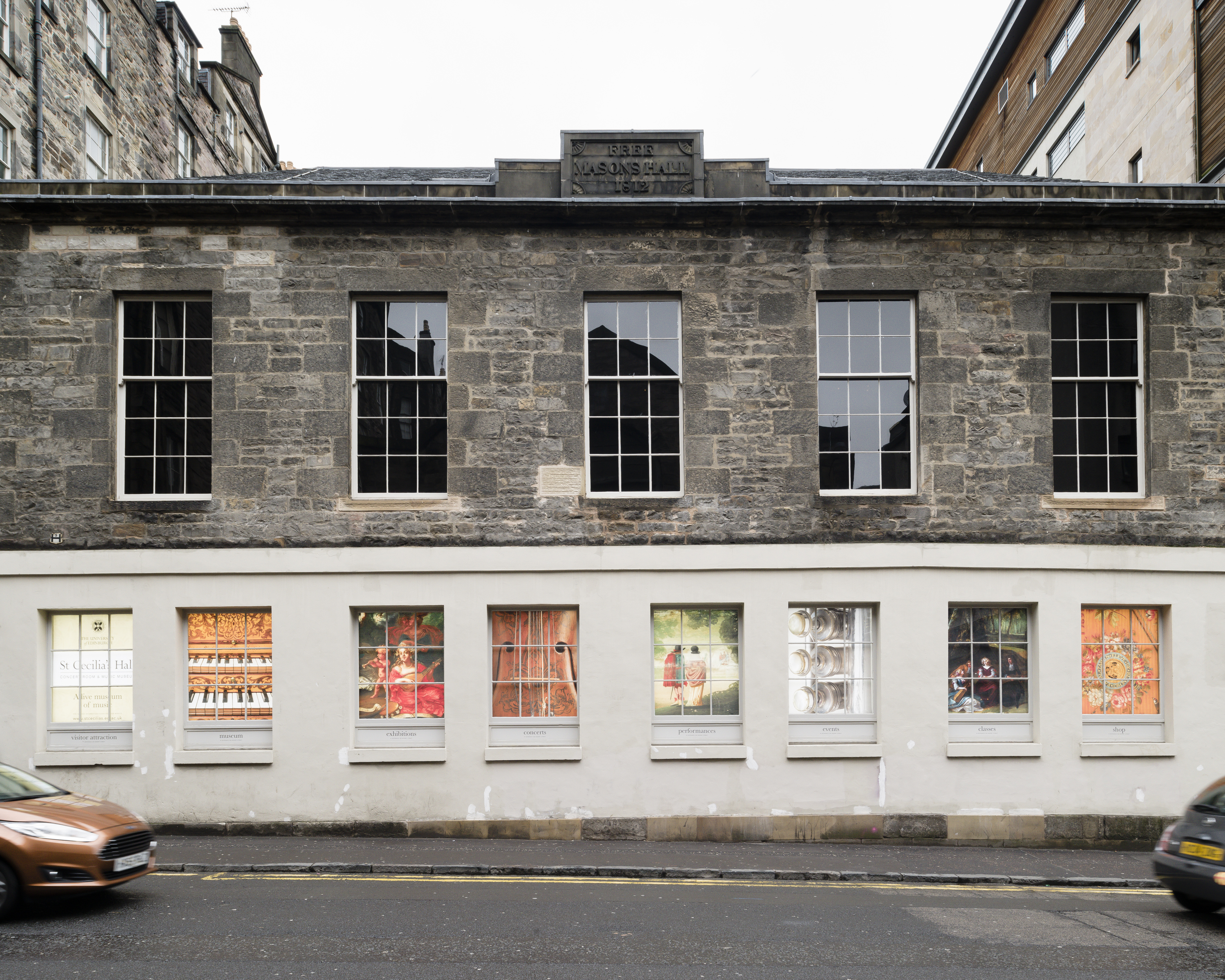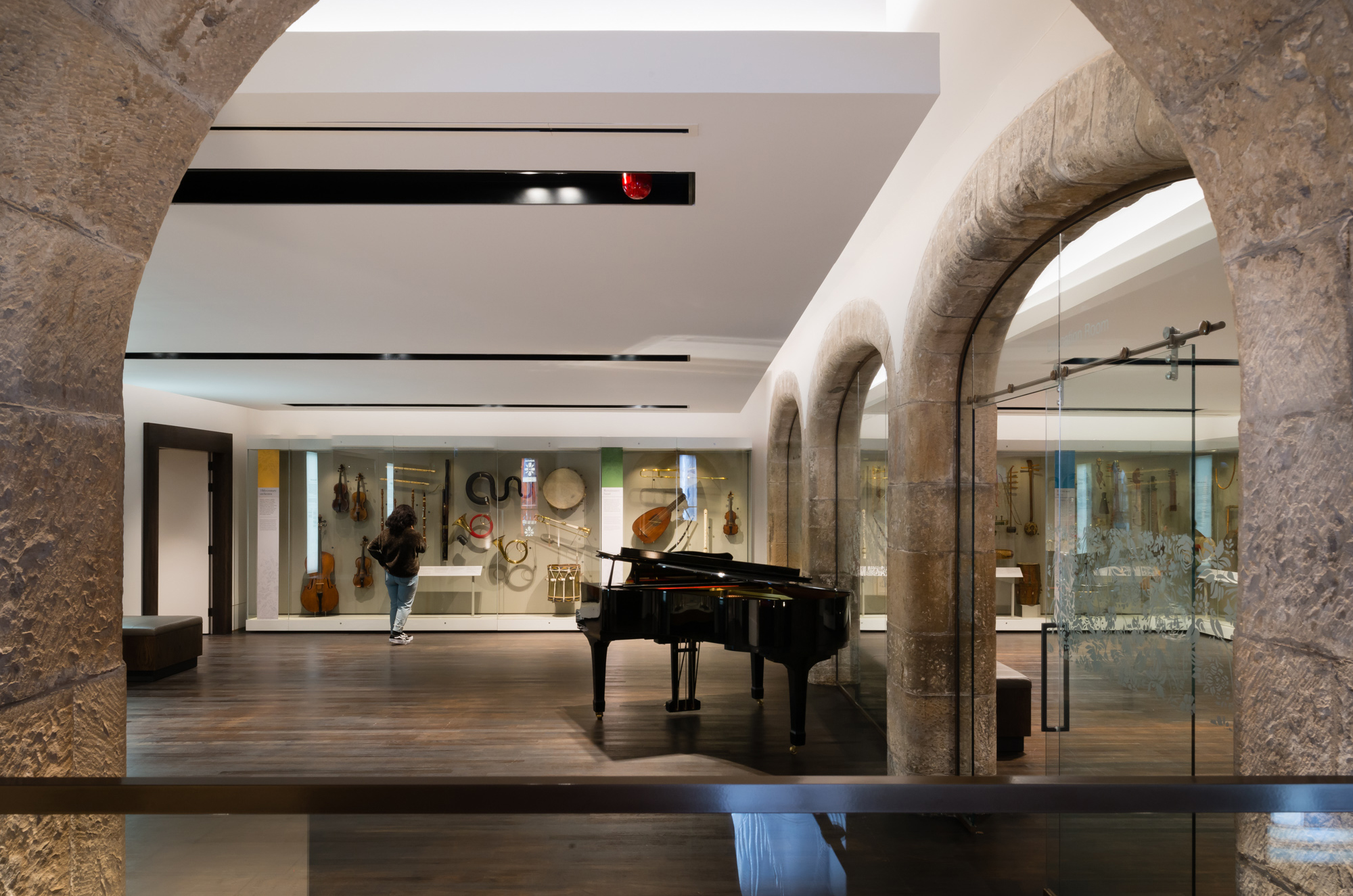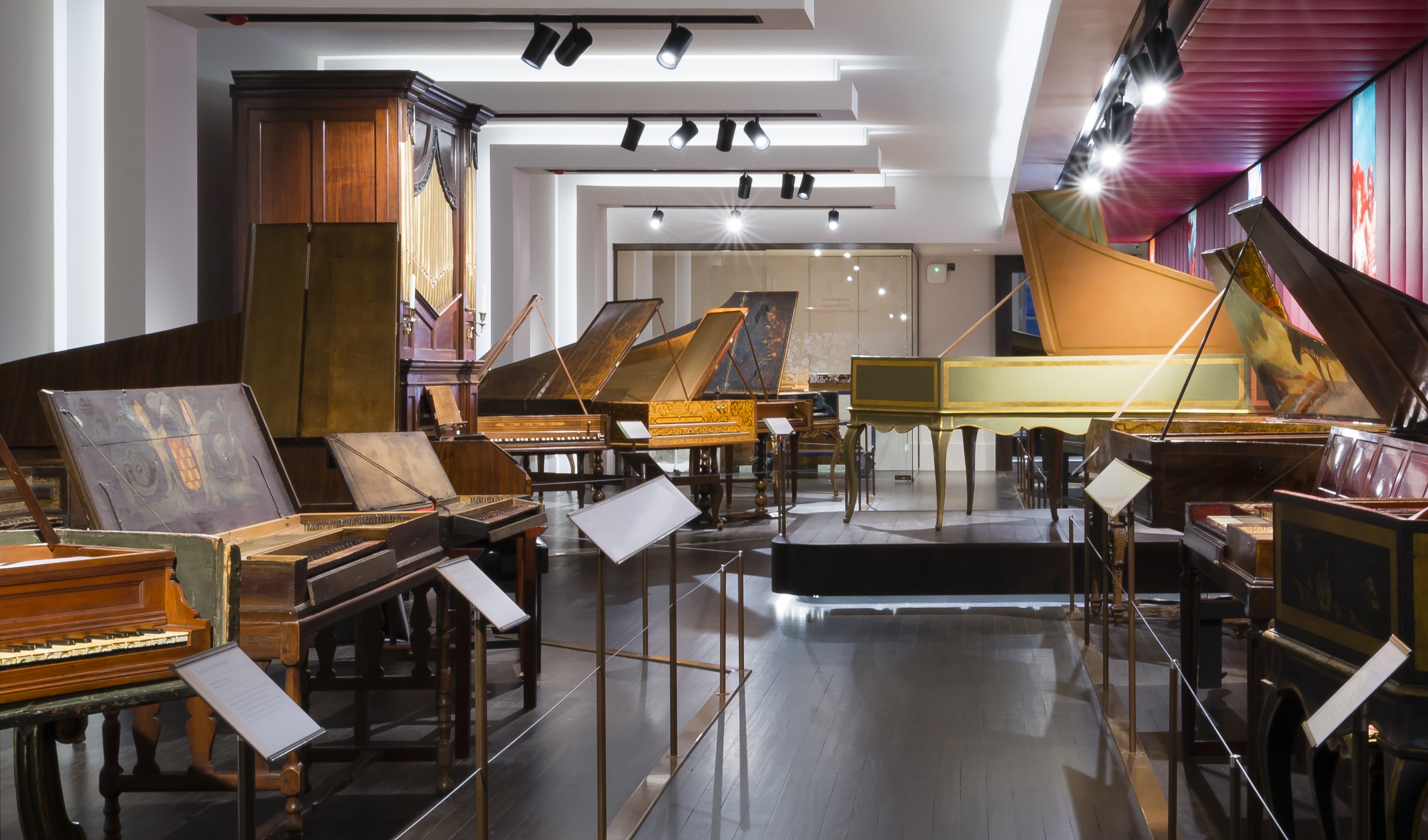A large part of the University of Edinburgh’s Musical Instrument Collection, part of which is displayed at St Cecilia’s Hall, the origins of the funding for the Collection and indeed the funding for the construction of St Cecilia’s Hall itself can be traced back to the late 18th to mid-19th centuries. Due to this, the origins of both the Collection and the Museum are linked to harmful colonial cultures, practices, and exploitation.
At St Cecilia’s Hall, we are committed to addressing and correcting the harmful colonial practices from which our Collection and Museum have benefited.
The Building of St Cecilia’s Hall
The original building of St Cecilia’s Hall was completed in 1763 and was funded largely through donations from members of the Edinburgh Musical Society. The fund received 280 donations, and although we cannot trace the origins of every donation made, we can trace the origins of some of the largest donations. It is clear through doing this that at least part of the money donated to fund the building of St Cecilia’s Hall originated through investments and ties with colonial practices.
Sir Lawrence Dundas donated £30 to the building of St Cecilia’s Hall and was a large investor in the East India Company – a trading company formed to operate in the Indian Ocean region, taking part in the trade of many goods including cotton, silk, sugar, spices and the transportation of slaves.
Mr Campbell of Shawfield donated £21 to the building of St Cecilia’s Hall. Mr Campbell inherited his wealth from his grandfather – a leading merchant and slave trader. It is likely that at least part of the donation made to St Cecilia’s Hall originated from this inheritance.
The Duke of Queensberry donated £21 to the building of St Cecilia’s Hall and was one of the original proprietors of the British Linen Company who supplied cloth used to clothe enslaved people in Scottish-owned plantations
Baron Grant donated 10 guineas to the building of St Cecilia’s Hall and was captain of the East India Company.
The Earl of Cassillis donated 10 guineas to the building of St Cecilia’s Hall. The Earl was likely involved in the slave trade through his involvement with former smuggling agent Robert Kennedy.
The Earl of Dunmore donated 10 guineas to the building of St Cecilia’s Hall and took up several posts as governor in the American colonies. The Earl is also documented as owning a number of enslaved people himself, thereby having substantial links to slavery.
The Collection, its Funding and the Purchase of St Cecilia’s Hall
John Donaldson
The Musical Instrument Collection stems in part from the collection of instruments previously housed at the Reid Concert Hall. The former collection at the Reid Concert Hall was established in the 1850s by John Donaldson – Chair of Music at the University of Edinburgh from 1845. Donaldson was primarily interested in the science behind the instruments and less interested in their cultural significance and purpose. Over the course of several years, Donaldson collected a wide range of instruments from across the globe, many of which are on display at St Cecilia’s Hall today. Donaldson kept purchase records for the instruments he collected in Europe allowing us to document and share their history and origins. However, he did not afford the same care for those instruments collected elsewhere in the world. For the Collection today, this means that a number of our non-Western instruments have little to no provenance records, and we know little of their original cultural significance.
General John Reid
John Donaldson’s collection, and indeed the display at St Cecilia’s Hall, would not have been possible if not for the substantial bequest left to the University of Edinburgh by General John Reid in the 18th century. General Reid left a sum of £50,000 to the university, which by the time of their receiving it had increased to £70,000. The money was left to the university by Reid with the purpose of forming a professorship of music and for the purchase of a library or any building the university saw fit for their needs. The origin of this money is, for the most part, traceable. It is clear that at least some of this money came from the estate of a late cousin. However, records show that at least part of his British estate, from where it is likely the money the University received came, benefitted substantially from Reid’s investment in the East India Company. It is likely therefore that the money left to the University by Reid was, in part, gained through his investment in the East India Company. Reid’s bequest to the University funded the formation of a music department at the University of Edinburgh, the Collection begun by John Donaldson and eventually the purchase of St Cecilia’s Hall.
Our Commitment
The colonial history of our Museum and its Collection can be uncomfortable to address. However, at St Cecilia’s Hall, we have a responsibility to address the way that colonialism has benefited our Museum and to acknowledge the ways in which colonialism remains present in our Collection.
In response to uncovering the difficult origins of our Museum and its Collection, we have begun a programme of initiatives to change how our Collection is catalogued and displayed.
- We have already conducted a full search of our Collection to address areas where potentially insensitive language has been used, particularly in objects which have limited provenance records.
- We have committed to complete transparency about our history by publishing information regarding the funding of the building and the origins of our Collection.
- We will create a space where open dialogues can be established with the communities most affected by the objects on display and in store. We are in the process of developing a public engagement programme which hopes to gather information from the public about the instruments in our Collection that lack provenance information. We hope this will allow us to showcase the origins and cultural significance of all of the instruments in our Collection, and not just our Western instruments.
Though we are already taking steps to challenge our colonial past and change the way our Collections are managed and displayed, we have yet to complete this process. The process of addressing the colonial ties our Collection and building have is ongoing and we welcome any feedback that you might have. Feedback can be directed to museums@ed.ac.uk.
